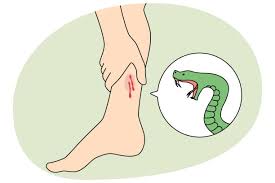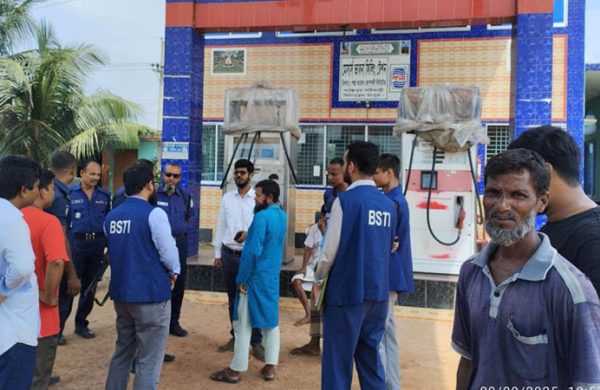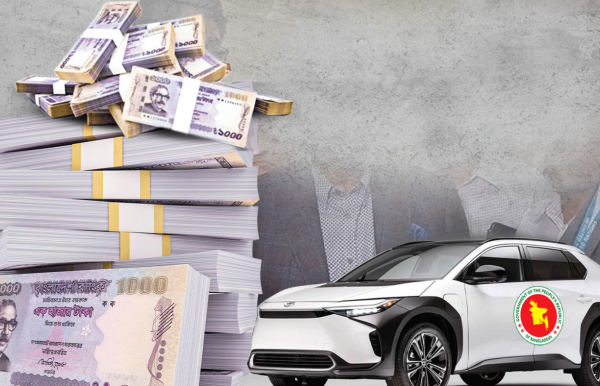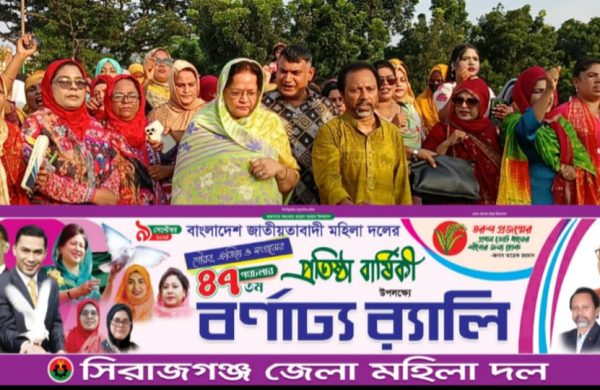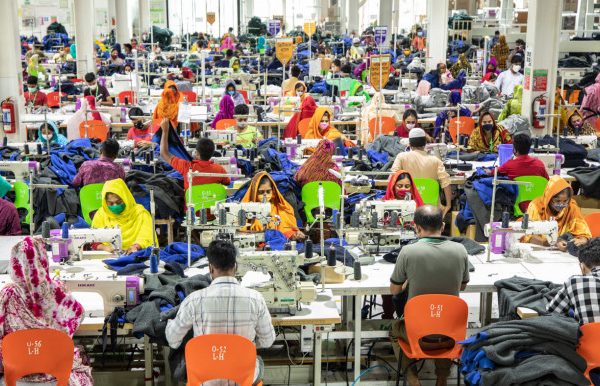Barnoi river once a lifeline, now a toxic waterway
- Update Time : Tuesday, September 9, 2025
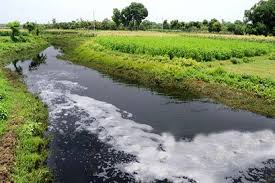
Rajshahi Correspondent:
Once a source of pride for the Barind region, the Barnoi River has now turned into a toxic waterway thanks to unregulated waste dumping from Rajshahi city.
Nearly 300,000 residents across seven upazilas of Rajshahi and Natore districts are becoming sufferers of the widespread pollution caused by the waste dumping, with many of them contracting contagious skin diseases.
Also, consequent upon the waste-induced toxicity, livelihoods of the members of the local fishing community are also in jeopardy, and the region’s ecological balance is also facing a frightening threat.
Surveys conducted by local voluntary organisations reveal alarming surge in outbreaks of severe skin diseases such as eczema, scabies, fungal infections, ringworm, and other dermatological ailments under the impact of the river pollution.
The low-income segment people are particularly vulnerable, as they mostly cannot afford proper medical treatment for the skin complexities.
Health experts warn that any kinds of direct contact with the polluted river-either through bathing, household use of its water, or irrigation-may accelerate the spread of these deadly diseases.
Originating from the Atrai River in Patnitala upazila of Naogaon district, the Barnoi River flows through Tanore upazila before merging with other distributaries in Rajshahi’s Paba upazila.
Once a vital artery of regional civilisation, the river now functions as a dumping ground for untreated waste from government and private hospitals, clinics, industrial units (including the BSCIC estate), and domestic sewage.
These pollutants enter the river through city drains and canals, particularly around Naohata.
Residents of five upazilas of Rajshahi and two of Natore-who rely on the river for bathing, household chores, and agriculture-are the worst sufferers.
Farmers report deteriorating health, while many fishermen say their traditional livelihoods have become unsustainable.
Abdul Alim, a fisherman from Singra upazila of Natore, shared his plight saying: “Even when fry are officially released, they don’t survive. My family used to live on the river’s fish, but now people refuse to buy them. That’s why I’ve been making a living by driving van for the past five years.”
Mustafa Sarkar, a resident of Tanore upazila who suffers from a severe fungal infection, said: “I bathed in the Shiv River, which is connected to the Barnoi, for about a month. That’s when I got infected. I sought treatment locally, but when that didn’t work, I went to India. Even then, the disease didn’t heal. I’ve spent a lot of money, and now I can’t even do farm work. I can no longer afford treatment.”
Environmentalists warn that pollution has already spoiled the river’s aquatic ecosystem. “The Barnoi River is part of our cultural heritage. Its environmental degradation is not only a threat to human health but to biodiversity itself,” said river specialist Mahbub Siddiqui.
Dermatologist Dr Shawkat Haydar stressed the urgency of the situation: “This crisis demands immediate medical intervention and a strict ban on the use of the river’s water for household and agricultural purposes. Even fish from the river should not be consumed.”
Rajshahi Civil Surgeon Dr. SIM Rajiul Karim acknowledged the seriousness of the disease outbreaks and said that health camps may soon be organised to support the affected communities.
Parvez Masud, chief engineer at Rajshahi WASA, stated that a waste treatment plant is currently in the planning phase. “We express the hope to begin construction soon. This facility will help protect both public health and the environment in the Baral basin.”





